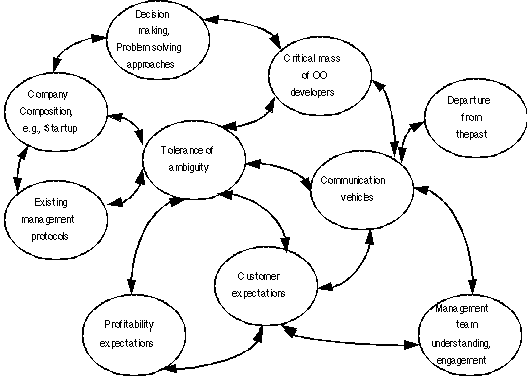In recent months here at this fine University, there has been many changes occurring in the Leadership Department. What had been a great streak of innovation and implementation has now turned into trying to manage the chaos. You may be wondering why this is… Dr. T, our strong, independent, courageous leader, director of the Residential Leadership Community (RLC) has abruptly up and left us for a job in Minnesota. She did not ask for inputs or give notice; there was absolutely no time for the department to find a replacement for her job. She allotted for so much structure and so much input among the RLC members. There was a certain unspoken level of respect and accountability for the members; we are an elite crowd here in the University. We know that we have to hold ourselves to a higher standard than the rest, but now that there is no one person who is head of our organization to hold us accountable for our actions. Before Dr. T left us so abruptly she checked our Facebook accounts weekly, she made sure we wore the proper attire to functions to show the deserved respect, we were required to give back to the community in a multitude of ways, all the while inspiring us and challenging us to be the best we can possibly be.
In the book “Good to Great”, by Jim Collins, he says that “good is the enemy of great”. There are certain factors that enable a good organization or company to become a great organization or company. With the backbone of our Leadership organization gone, we no longer have the structure to allow us to further ourselves to become that great organization. We may have the potential, but as of right now there are no resources or personnel available to help us reach our full potential. As of right now there is one instructor that has filled the position, but they have not taken advantage of their position, nor has she enforced the well known rules of our community. Dr. T established, according to Collins, the “First who… then what”; he claims that a great leader will “first get the right people on the bus, the wrong people off the bus, and the right people in the right seats- and then they figured out where to drive it.” Dr. T took the time to use a specialized selection process to screen the applicants of the Residential Leadership Community. Another aspect that Dr. T constructed so eloquently was “a culture of discipline”, Collins states that “when you have disciplined people, you don’t need hierarchy. When you have disciplined thought, you don’t need bureaucracy. When you combine a culture of discipline with an ethic of entrepreneurship, you get the magical alchemy of great performance. As of right now all of the leadership positions that Dr. T was capable of controlling under the title of being director of the Residential Leadership Community, have been delegated to the upper classmen of the program. Without the right amount of structure and pushing from the authoritative head that is the director of the program. A title is not just a title, one must live up to that title and be the one that pushes everyone involved with that particular organization to become better and allow the organization to grow and prosper.
More of these leadership styles can be seen in, and connected to Collins “Good to Great” and The Residential Leadership Community of this University…
Links:
www.rlc.idst.vt.edu/www.pamplin.vt.edu/leadership/annualreport.htmlen.wikipedia.org/wiki/Good_to_Great
http://www.greatleadershipbydan.com/2009/09/7-reasons-why-i-wrote-7-lessons-for.htmlhttp://stevefarber.com/extremeleadership/







